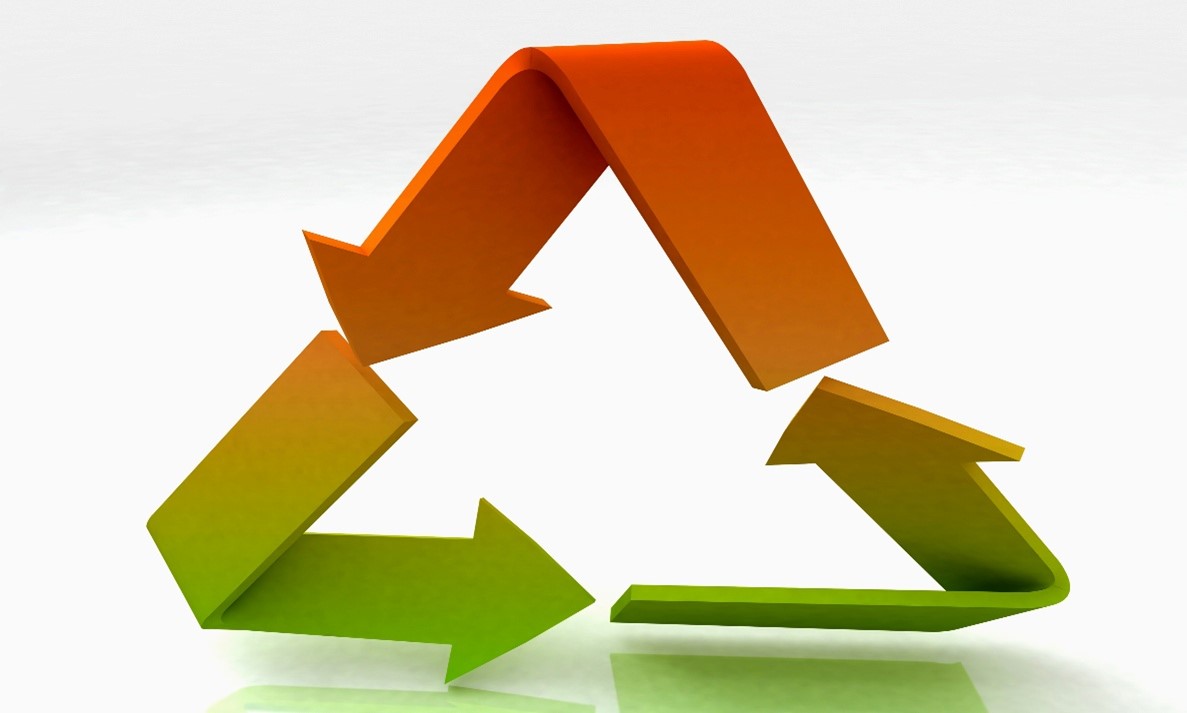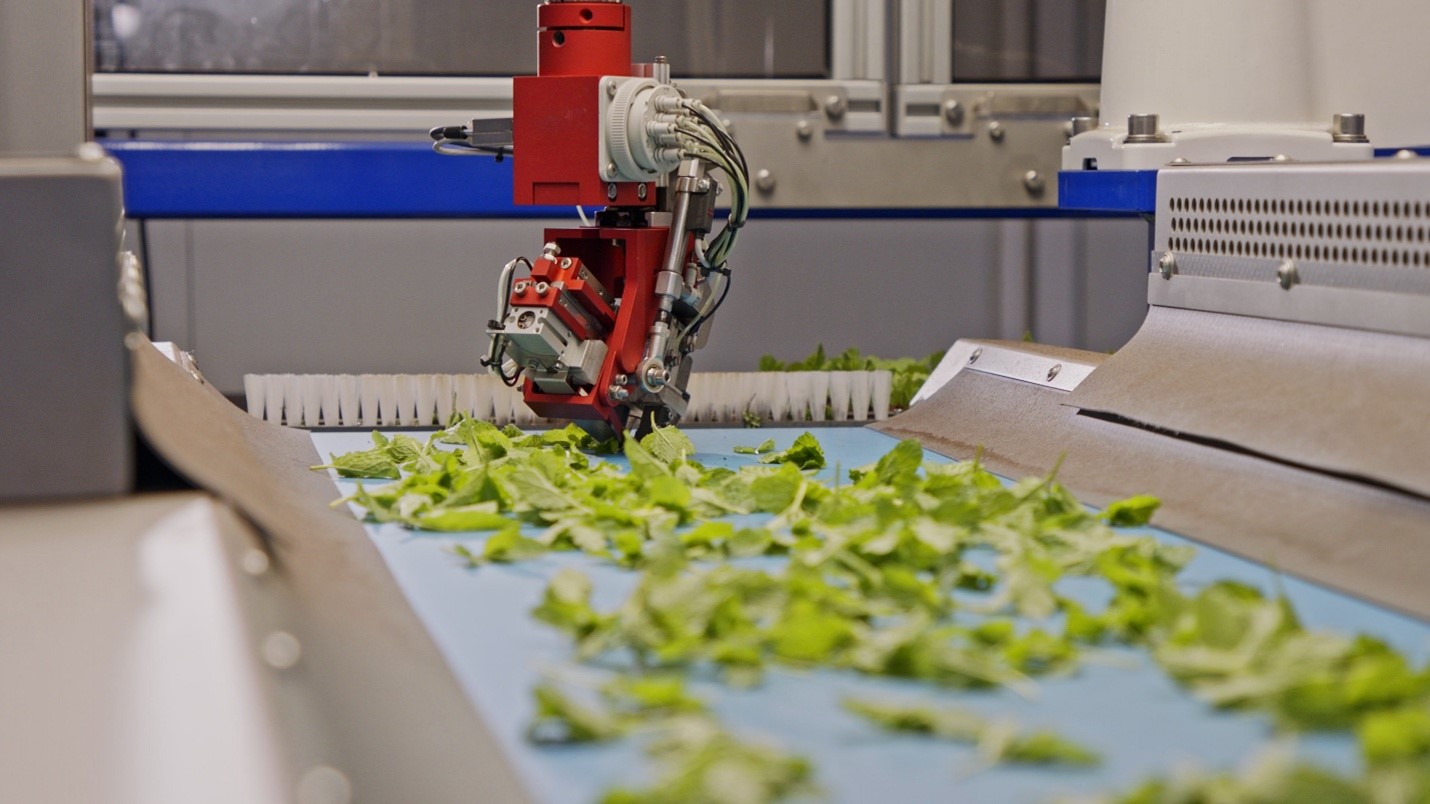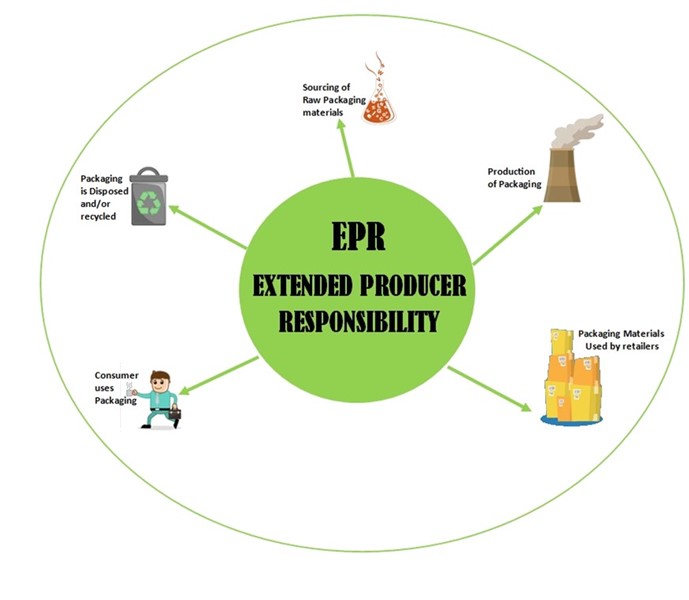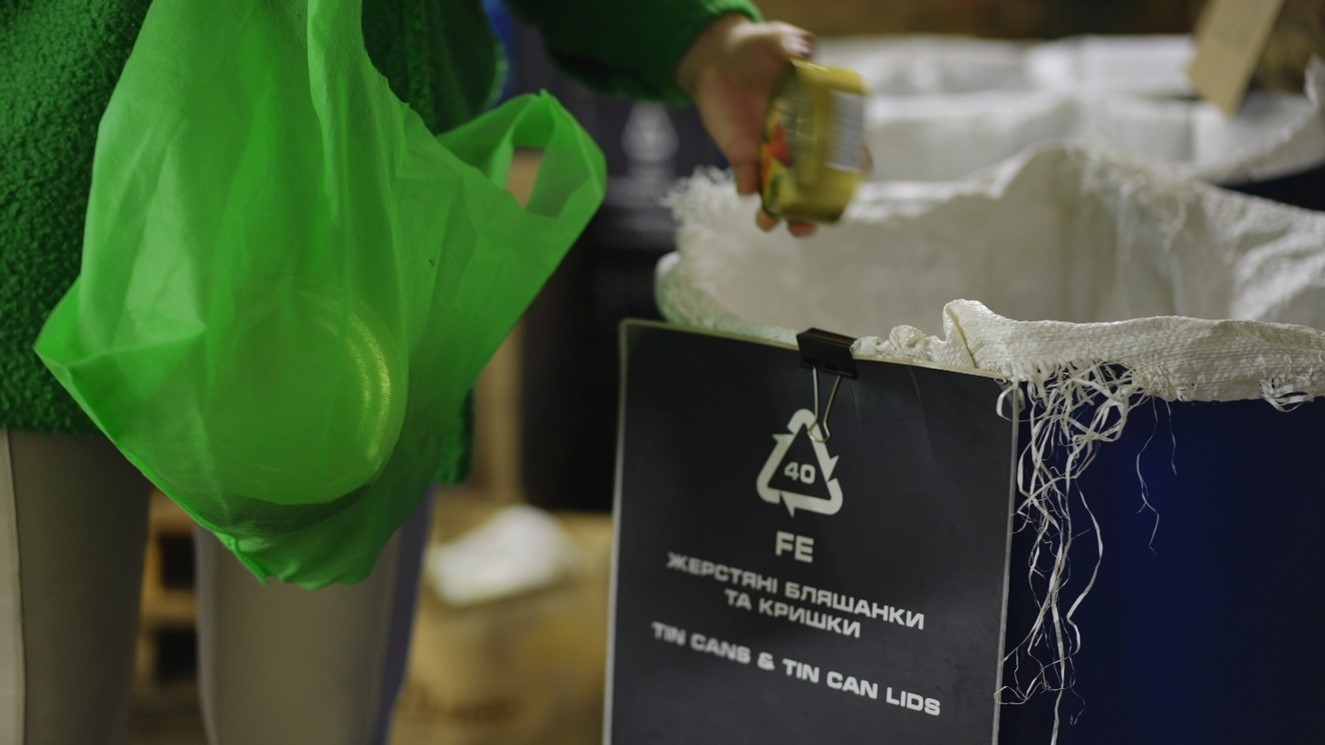The Future of Recycling: Innovations, Trends, and What’s Next
By Jackson Enberg, Reporting Specialist (Tulsa)
Jackson Enberg earned a Bachelor of Arts from Baylor University in 2015. He has 3 years of experience in air quality management and was published in Project North Texas 2019, an annual publication summarizing transportation plans, projects and policies. He is professionally passionate about environmental issues and improving quality of life on a macro scale while, personally, is a huge fan of the NFL. Go Cowboys!
As awareness grows around the environmental impact of waste, recycling remains a cornerstone of sustainability even though traditional systems have struggled to keep up with the rising waste volumes, contamination, and economic challenges. Fortunately, the future of recycling looks more promising thanks to technological advancements, policy updates, and resource efficient systems focused on waste minimization.

One of the most exciting developments is the rise of artificial intelligence (AI) and robotics in sorting facilities. AI-powered systems, such as those developed by AMP Robotics, can identify and separate recyclables with greater accuracy and speed than humans, reducing contamination and increasing recovery rates [1]. These smart systems can adapt to new packaging designs, a growing need as materials become more complex. Another emerging technology is chemical recycling, which breaks plastics down to their molecular level to be reused as raw materials. Unlike mechanical recycling, which degrades plastic quality over time, chemical recycling offers the potential for an infinite recycling loop. Companies like Eastman and Brightmark are investing in large-scale chemical recycling plants in the U.S. [2].

Policy is also pushing recycling forward. More regions are implementing Extended Producer Responsibility (EPR) laws, which shift the cost and responsibility of recycling onto manufacturers. This encourages companies to design packaging that is easier to recycle and supports the infrastructure needed to process it. In the U.S., states like California, Maine, and Oregon have already passed EPR legislation for packaging [3]. Globally, [4] the United Nations is working toward a legally binding treaty to address plastic pollution, which could unify recycling standards and reduce waste exports to countries with limited infrastructure.

The future of recycling is not just about processing waste more efficiently, it’s about rethinking waste altogether. Circular economy models emphasize designing products for reuse, repair, and recyclability while maintaining a focus on waste minimization. Major brands are exploring reusable packaging through initiatives like Loop, a platform that allows customers to return containers for cleaning and refilling [5]. At the local level, some cities are piloting refill stations and zero-waste stores to reduce single-use packaging altogether. These systems aim to prevent waste before it gets generated, reducing the burden on recycling infrastructure. While systemic changes are underway, individuals and businesses play a key role. Consumers can support products made with recycled content, participate in local take-back programs, and reduce contamination by recycling properly. Businesses can prioritize sustainable packaging and join industry coalitions that promote circular practices.

Recycling is evolving. With the help of innovation, smarter policy, and recycling models focused on waste mitigation, the system is becoming more resilient, effective, and aligned with the environmental challenges of the 21st century.
References
[1] - AMP Robotics. AI and Robotics in Recycling. AMP Robotics, 2024,
https://www.amprobotics.com.
[2] - U.S. Department of Energy. Chemical Recycling: A Future Path for Plastics. Office of Energy Efficiency & Renewable Energy, 2023
https://www.energy.gov.
[3] - National Caucus of Environmental Legislators. Extended Producer Responsibility for Packaging. NCEL, 2024,
https://www.ncelenviro.org.
[4] - United Nations Environment Programme. UN Treaty on Plastic Pollution. UNEP, 2023,
https://www.unep.org.
[5] - Loop. Reinventing Packaging Through Reuse. TerraCycle/Loop, 2024,
https://www.loopstore.com.